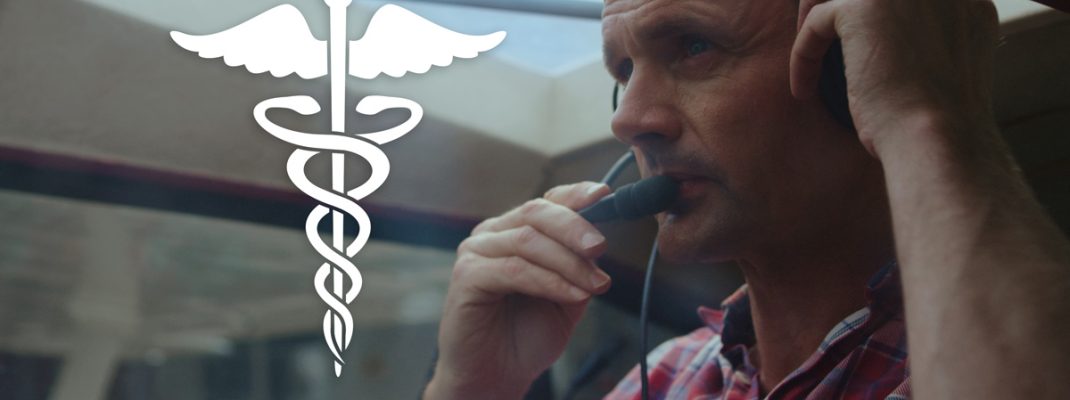Student pilot, recreational pilot, and private pilot operations, other than glider and balloon pilots, require a third-class medical certificate or if operating without a medical certificate compliance with 14 CFR Part 68, referred to as BasicMed.
The BasicMed privileges apply to persons exercising student, recreational, and private pilot privileges when acting as pilot in command (PIC). It also applies to persons exercising flight instructor privileges when acting as PIC. You cannot use BasicMed privileges to fly as a safety pilot, except when that pilot is acting as PIC. Pilots operating under BasicMed must hold a current and valid U.S. driver’s license and comply with all medical requirements or restrictions associated with that license. Applicants operating under BasicMed regulations must also complete the comprehensive medical examination checklist (CMEC) in collaboration with a physical examination by a state-licensed physician. Your physical must be completed within the last 48 months and the CMEC completed within the last 24 months. When operating under BasicMed, pilots are limited to:
- Fly with no more than five passengers.
- Fly an aircraft with a maximum certificated takeoff weight of no more than 6,000 lbs.
- Fly an aircraft that is authorized to carry no more than 6 occupants.
- Flights within the United States, at an indicated airspeed of 250 knots or less, and at an altitude at or below 18,000 feet mean sea level (MSL).
- You may not fly for compensation or hire.
If operating beyond these limitations, pilots must obtain an FAA Medical Certificate.
In addition to 14 CFR Part 68, Advisory Circular No. 68-1: Alternative Pilot Physical Examination and Education Requirements is a great resource for pilots wishing to exercise BasicMed privileges. This advisory circular describes how pilots can exercise student, recreational, and private pilot privileges in certain small aircraft without holding a current medical certificate. It outlines the required medical education course, medical requirements, and aircraft and operating restrictions that pilots must meet to act as PIC for most 14 CFR Part 91 operations.
As a private pilot, commercial pilot, and flight instructor it is important that you become familiar with BasicMed, as the FAA is now asking questions on knowledge exam’s pertaining to this topic. Below are a few sample knowledge test questions that you could encounter.
1. To operate under BasicMed the pilot in command must have completed a physical examination by a state-licensed physician within the preceding
A—48 months.
B—24 months.
C—12 months.
2. For private pilot operations under BasicMed, the pilot in command is allowed to fly with no more then
A—6 passengers.
B—5 passengers.
C—5 occupants.
3. To maintain BasicMed privileges you are required to complete the CMEC every
A—48 months.
B—24 months.
C—12 months.
.
.
.
.
ANSWERS
1. Correct answer is A. BasicMed regulations require you to complete the CMEC every 24 months while a physical examination by a state-licensed physician must be completed every 48 months.
2. Correct answer is B. As PIC during private pilot operations under BasicMed, the aircraft is restricted to fly with no more than 5 passengers and authorized to carry no more than 6 total occupants. Answer (A) is incorrect because 6 passengers plus the PIC would equal 7 total occupants. Answer (C) is incorrect because BasicMed allows for aircraft authorized to carry no more than 6 total occupants.
3. Correct answer is B. BasicMed regulations require you to complete the comprehensive medical exanimation checklist (CMEC) every 24 months while a physical examination by a state-licensed physician must be completed every 48 months.
Further information can be found through the FAA at the following link: https://www.faa.gov/licenses_certificates/airmen_certification/basic_med/.





